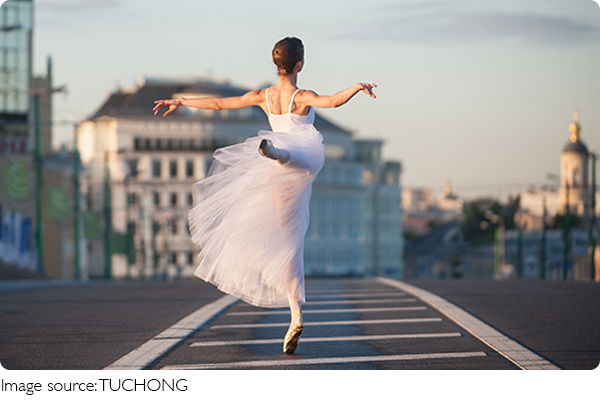Dance: The Silent Language

Have you ever watched a dancer and felt instantly connected to the story they're telling — without a single word spoken?
Dance has an incredible power: it's a universal form of nonverbal communication that helps us express what words often fail to capture.
But how exactly does dance function as a language, and why does it resonate so deeply with human interaction?
Understanding dance as a form of body language opens up a rich world where emotions, intentions, and social cues are communicated through movement. In this article, we'll explore how dance helps people convey complex messages beyond speech, offering fresh insight into the unspoken side of human connection.
The Power of Movement as Communication
Humans naturally rely on nonverbal cues like gestures, posture, and facial expressions in daily conversation. Dance elevates these basic signals, transforming them into intentional, structured movement that carries meaning.
Here's why dance stands out as a nonverbal language:
1. Expresses Emotions Viscerally — Joy, sorrow, anger, or longing can be physically embodied and felt by both dancer and observer.
2. Conveys Intentions and Stories — Through choreography or improvisation, dancers tell narratives without words, often transcending cultural and linguistic boundaries.
3. Enhances Social Bonds — Shared dance experiences foster empathy, trust, and a deeper understanding between individuals.
In essence, dance allows communication through the body's "voice," connecting people on a sensory and emotional level.
How Dance Translates Thoughts and Feelings
When words fail, dance can often pick up the slack — and sometimes reveal truths we didn't know we had. Unlike spoken language, dance relies on symbolism and the subtlety of physical expression.
Consider these examples:
• A slow, heavy movement might express sadness or burden, while quick, sharp motions can signify excitement or urgency.
• The distance between dancers or the openness of their posture can indicate intimacy, tension, or isolation.
• Repeated gestures can become symbolic motifs, communicating recurring thoughts or emotions.
Because dance is fluid and interpretive, it allows each person to engage uniquely, making nonverbal communication highly personalized yet universally relatable.
Social Interaction Beyond Words
In many social settings, especially when words are limited by language barriers or emotional difficulty, dance acts as a bridge.
Research from social psychologists shows:
1. Dance increases emotional awareness by making participants more attuned to others' body language and feelings.
2. It encourages nonverbal empathy, fostering understanding without the need for verbal explanation.
3. Group dances, in particular, build a sense of community, synchronizing movements and emotions to create shared meaning.
This makes dance an essential tool for social connection, whether in formal performances or casual gatherings.
Using Dance in Therapy and Personal Growth
The therapeutic power of dance further highlights its role as nonverbal communication. Dance therapy is recognized by health professionals as a helpful tool for some people to express and process emotions difficult to articulate in words.
Dr. Cynthia Berrol, Dance/Movement Therapy Specialist, has emphasized in her work that physical expression provides an important pathway for emotional release and personal growth.
Experts in dance movement therapy emphasize:
• Emotional release: Physical movement opens pathways to confront and heal inner feelings.
• Self-awareness: Clients learn to read their own body signals and emotions, improving self-expression.
• Relationship building: Therapeutic dance often involves mirroring and interactive movement, promoting connection and trust.
These benefits underscore dance's role as a unique and effective form of communication beyond language.
Everyday Applications of Dance as Nonverbal Language
You don't have to be a professional dancer to experience the communicative power of dance. Simple everyday movements—gestures while talking, walking with confidence, or playful dancing with friends—carry messages that shape how others perceive us.
Next time you find yourself moving to music or gesturing spontaneously, consider what you're expressing without words. How does your body "speak" in moments when silence falls? Becoming more mindful of this nonverbal dialogue can enrich relationships and self-understanding.

When was the last time your body said something words couldn't? Dance invites us all to listen closely—not just to what is said, but to what is felt and shown in movement. What stories could your body tell if you let it lead the conversation?


